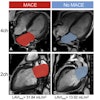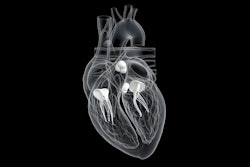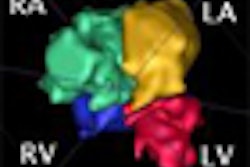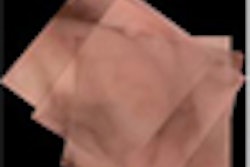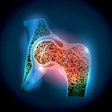Wednesday, December 2 | 10:50 a.m.-11:00 a.m. | SSK23-03 | Room E353B
The use of maximum intensity projection (MIP) and volume-rendering 3D reconstruction techniques with contrast-enhanced CT angiography images can detect stent fractures and suture breaks in endovascular abdominal aortic repair (EVAR) patients, according to research from Stanford University in Stanford, CA.In their presentation, the researchers will clarify the clinical features of these long-term complications, allowing for proper diagnosis of patients under long-term follow-up of abdominal stent graft treatment, said presenter Dr. Takuya Ueda, an assistant professor of radiology at Chiba University Hospital in Chiba, Japan. Ueda was a visiting assistant professor at Stanford when the research was performed.
"Recent imaging technologies, especially 3D CT angiography, play the fundamental role in assessing these significant long-term complications," Ueda told AuntMinnie.com.




